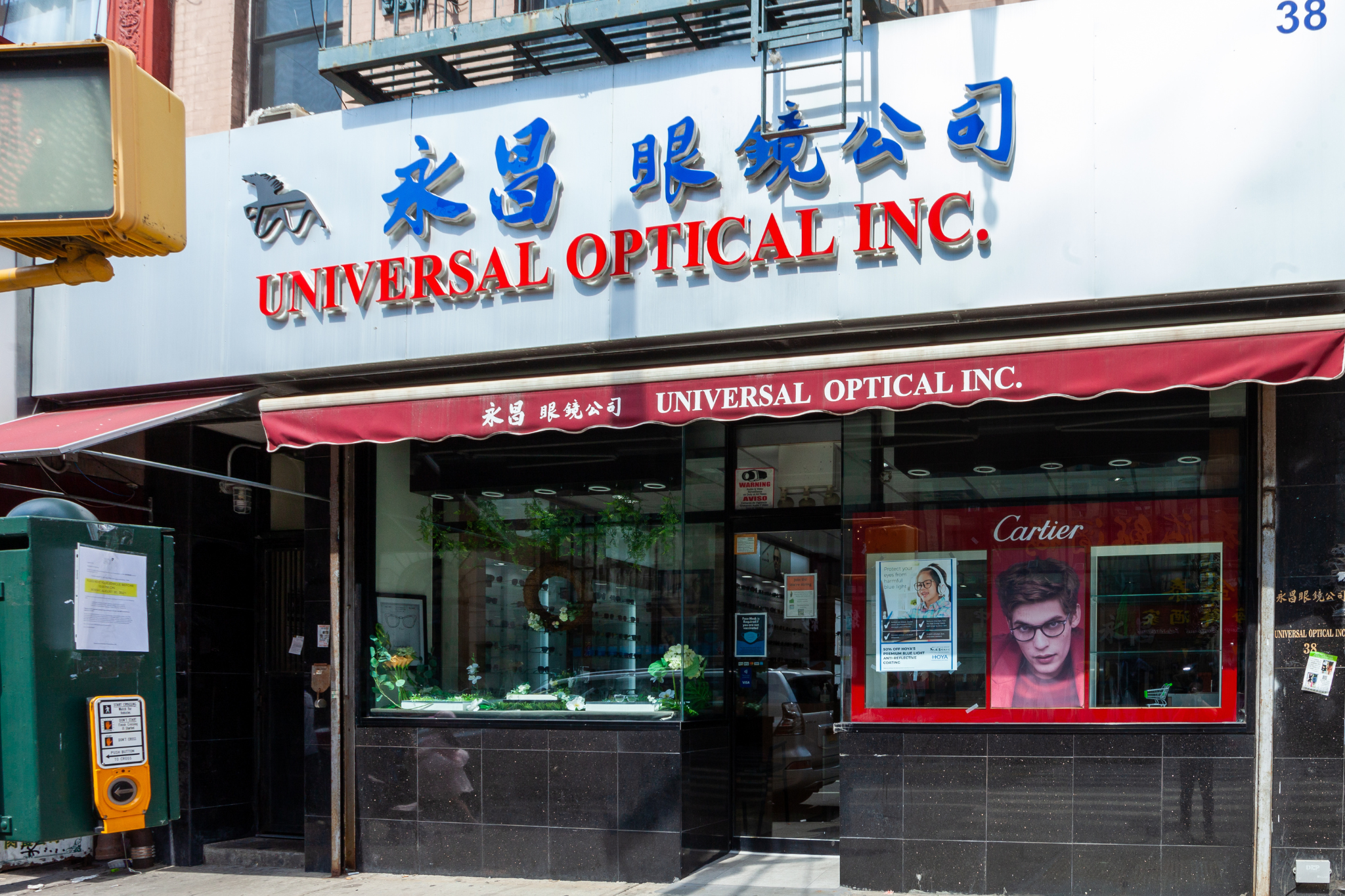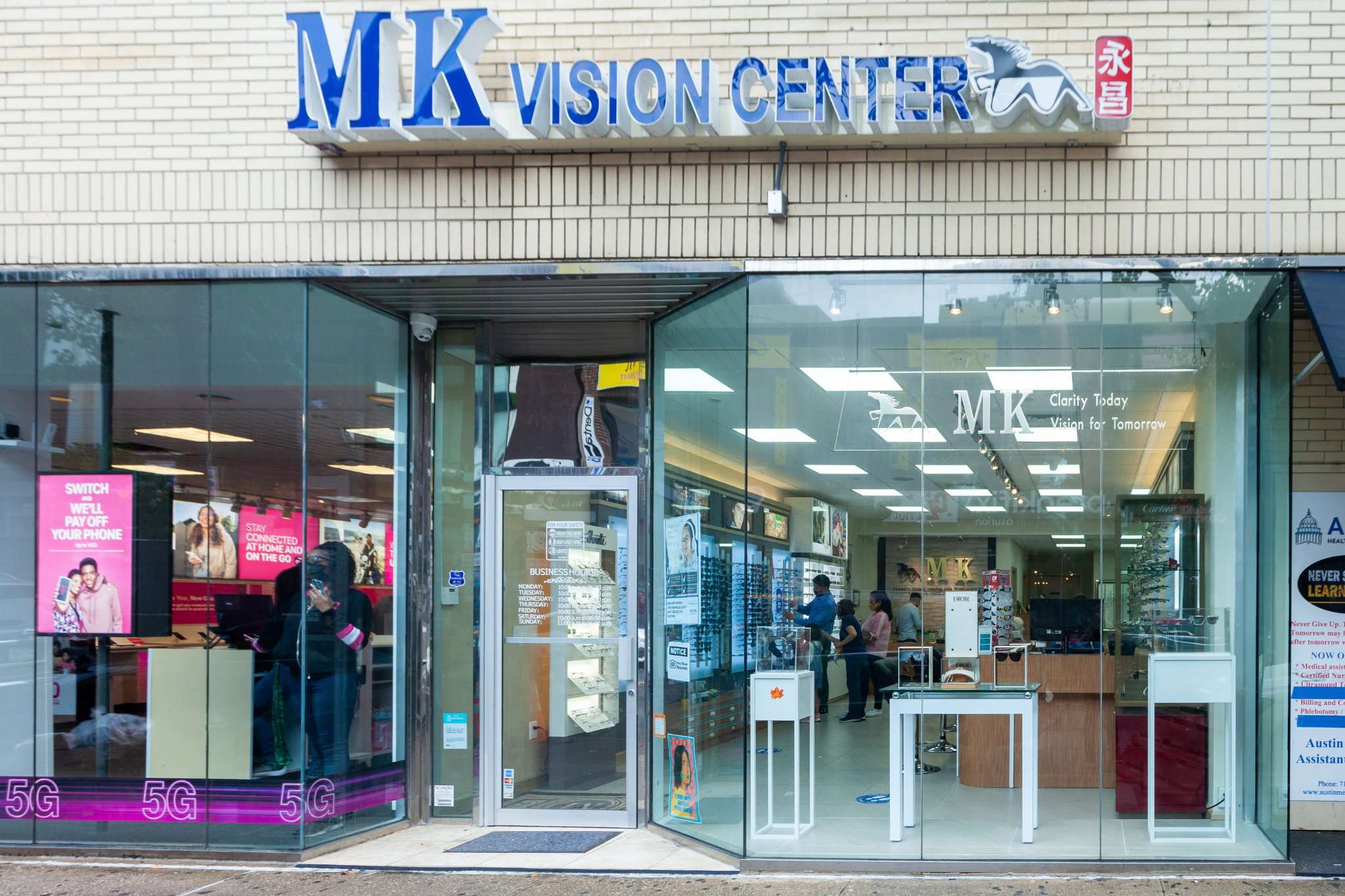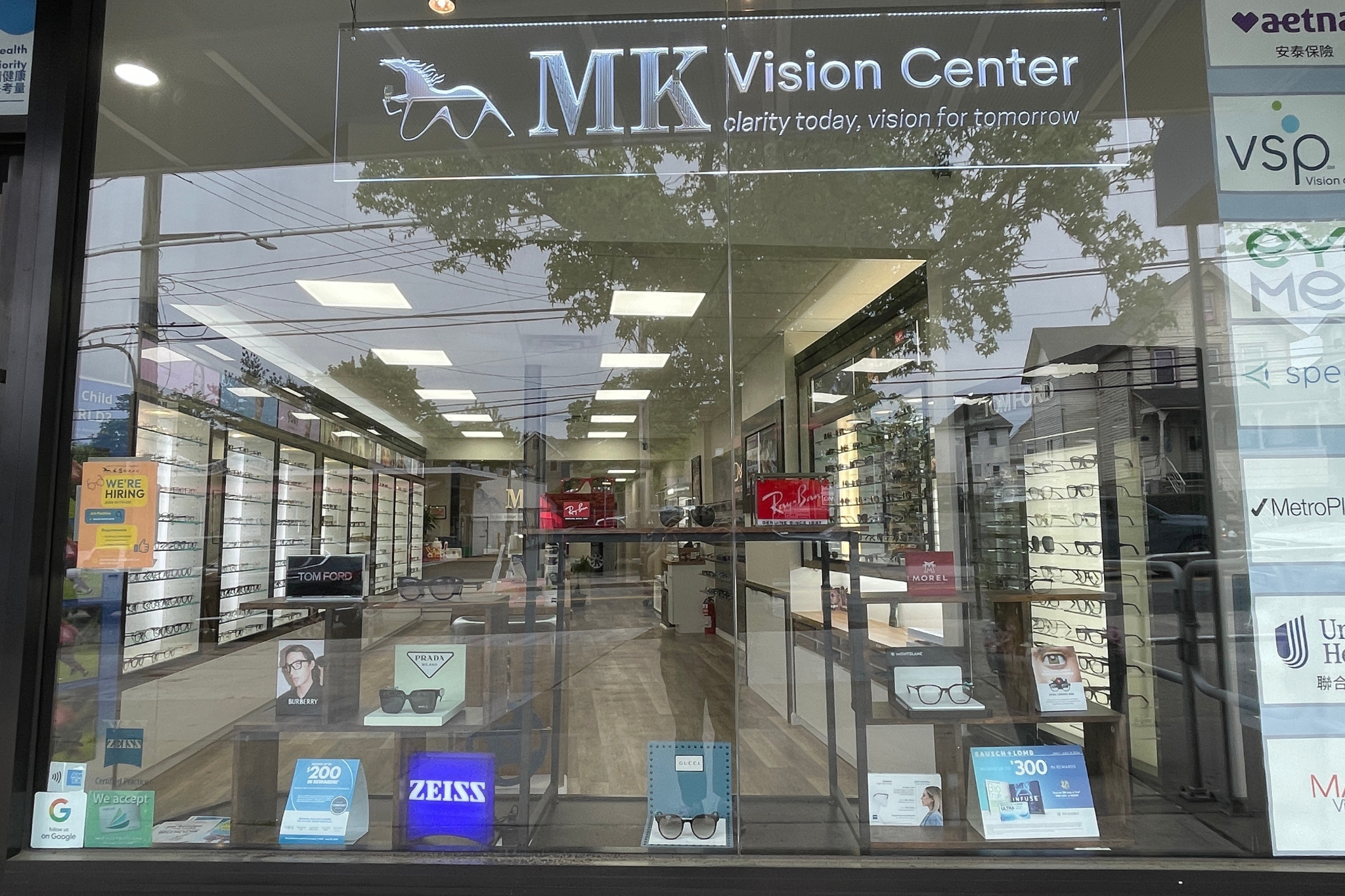Understanding Dry Eyes: Causes, Symptoms, and Solutions

Dry eye syndrome is a common yet often overlooked condition that affects millions of people worldwide. Whether you experience occasional dryness or chronic discomfort, understanding the causes, symptoms, and treatments for dry eyes can help you find relief and protect your vision.
What Causes Dry Eyes?
Dry eyes occur when your tears are unable to provide adequate lubrication for your eyes. This can happen due to various reasons, including:
-
Reduced Tear Production – As we age, tear production naturally declines, making older adults more susceptible to dry eyes. Certain medical conditions, such as diabetes and rheumatoid arthritis, can also contribute to reduced tear production.
-
Increased Tear Evaporation – Environmental factors like wind, smoke, and dry air can cause tears to evaporate too quickly. Staring at screens for prolonged periods without blinking sufficiently can also lead to dryness.
-
Imbalance in Tear Composition – Tears are composed of three layers: oil, water, and mucus. If any of these layers are out of balance, tears may not effectively hydrate the eye surface, leading to discomfort.
Common Symptoms of Dry Eyes
People with dry eyes often experience symptoms such as:
-
Redness and irritation
-
A gritty or scratchy sensation
-
Sensitivity to light
-
Blurred vision
-
Excessive tearing (a response to irritation)
-
Difficulty wearing contact lenses
How to Manage and Treat Dry Eyes
While dry eye syndrome can be frustrating, several solutions can help alleviate symptoms and improve eye comfort:
-
Artificial Tears & Eye Drops – Over-the-counter lubricating eye drops can provide quick relief for mild dry eyes. For more severe cases, prescription eye drops may be necessary.
-
Lifestyle Adjustments – Blinking more frequently, taking breaks from screens, and using a humidifier can help maintain eye moisture.
-
Proper Nutrition – Omega-3 fatty acids, found in fish and flaxseeds, can improve tear quality and reduce inflammation.
-
Warm Compresses & Eyelid Hygiene – Keeping eyelids clean and applying warm compresses can help unblock oil glands and improve tear stability.
-
Professional Treatments – If home remedies don’t provide sufficient relief, your eye doctor may recommend specialized treatments such as punctal plugs, intense pulsed light (IPL) therapy, or prescription medications.
When to See an Eye Doctor
If you experience persistent dry eye symptoms that interfere with daily activities, it’s essential to seek professional care. An eye exam can help determine the underlying cause and the best course of treatment for long-term relief.
Dry eyes can be uncomfortable, but with proper care and treatment, you can manage symptoms effectively and maintain healthy vision. By making small lifestyle changes and seeking appropriate medical care when necessary, you can keep your eyes feeling comfortable and refreshed every day.
If you're struggling with dry eyes, consider booking an eye exam to discuss personalized treatment options. Your eyes will thank you!



















Leave a comment